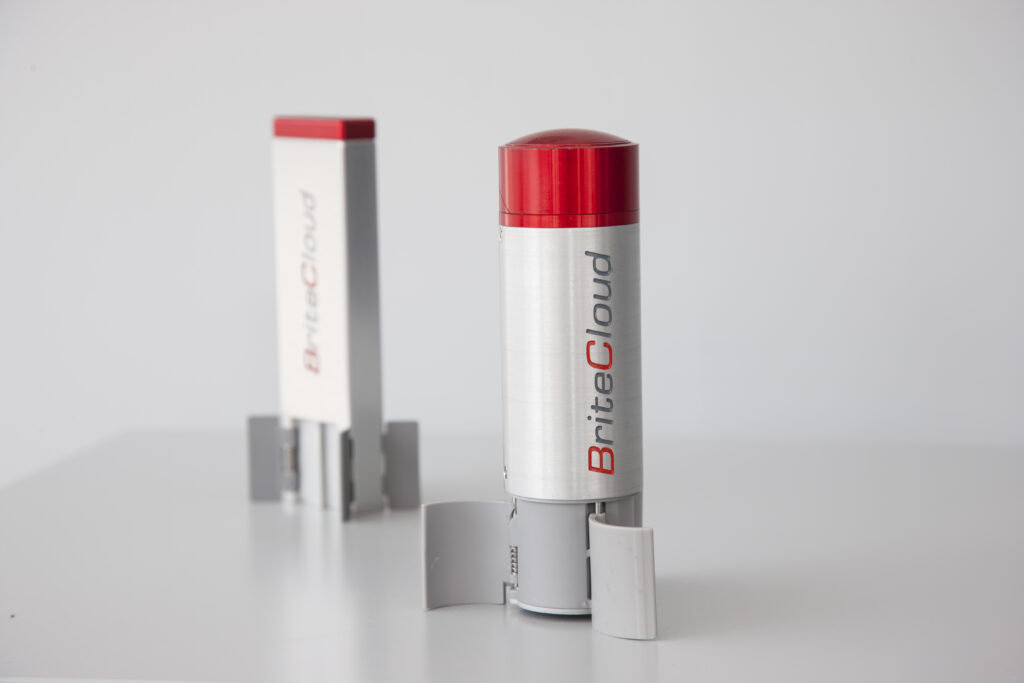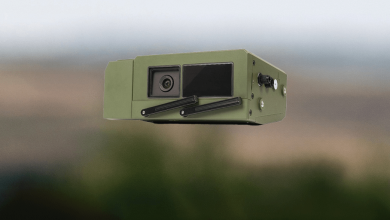
Leonardo Unveils Next-Gen BriteCloud Decoy Featuring Enhanced Deception Capabilities
Experiments involving Italian Tornado jets and Danish F-16 fighters have validated the efficacy of innovative decoy strategies, positioning the countermeasure for emerging challenges. The outcomes of these experiments will be shared with fellow NATO allies during an operators’ forum. BriteCloud is also advancing swiftly towards the concluding phases of the U.S. Foreign Comparative Testing (FCT) initiative, paving the way for U.S. acquisition.
Leonardo along with the UK Royal Air Force has successfully showcased state-of-the-art deception methods utilizing its compact BriteCloud countermeasure, in collaborative trials with the Air Forces of Italy and Denmark. These tests occurred at a UK facility in conjunction with the RAF’s Rapid Capabilities Office (RCO), the Air and Space Warfare Centre (ASWC), and the Defence Science and Technology Laboratory (Dstl).

During the experiments, both variants of Leonardo’s BriteCloud countermeasure (55 and 218) were programmed with new threat-neutralizing waveforms, broadening the spectrum of tactics BriteCloud can utilize against radar threats. The formulation of these waveforms is part of an ongoing effort to future-proof BriteCloud, ensuring that this active RF decoy remains capable of countering the latest advancements in radar-guided threat technology as they emerge in upcoming operational environments.
The Italian Air Force deployed BriteCloud 55 units from Tornado aircraft while the Royal Danish Air Force launched BriteCloud 218 from an F-16 fighter jet. The innovative techniques exhibited exceptional effectiveness within the test range, and the favorable results will be conveyed to other NATO members in an operators’ forum.
BriteCloud serves as a countermeasure for combat, transport, and special operations aircraft, delivering advanced protection against radar-guided surface-to-air and air-to-air missiles. Deployed like a flare, it incorporates a potent miniaturized jammer that emits a convincing ‘electronic ghost’ signal. This signal lures incoming missiles towards BriteCloud as it descends from the aircraft, ensuring that the missile detonates far from its designated target.
What sets BriteCloud apart is its incorporation of top-tier technology known as DRFM (Digital Radio Frequency Memory) within each unit. DRFM empowers BriteCloud to customize its ‘electronic ghost’ signal specifically targeting the threat radar, allowing it to deceive the radar most effectively.
Leonardo’s initial BriteCloud 55 variant, created for standard 55mm chaff and flare dispensers, successfully underwent extensive evaluations prior to its integration into the UK Royal Air Force in 2018, capable of neutralizing all known current threat systems. Meanwhile, the BriteCloud 218 variant, developed for 2x1x8 inch countermeasure dispensers, is rapidly nearing the concluding stages of the U.S. Department of Defense’s Foreign Comparative Testing (FCT) initiative for this product. The FCT will open opportunities for potential U.S. procurement.







